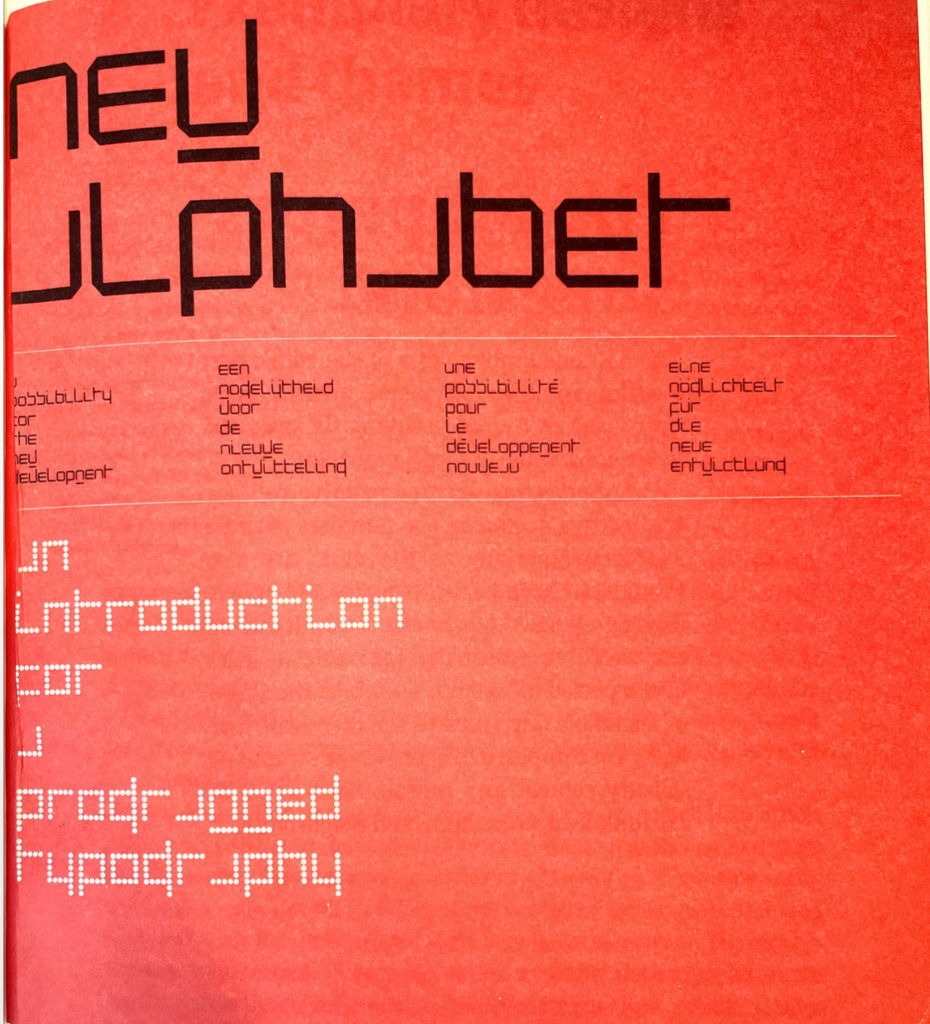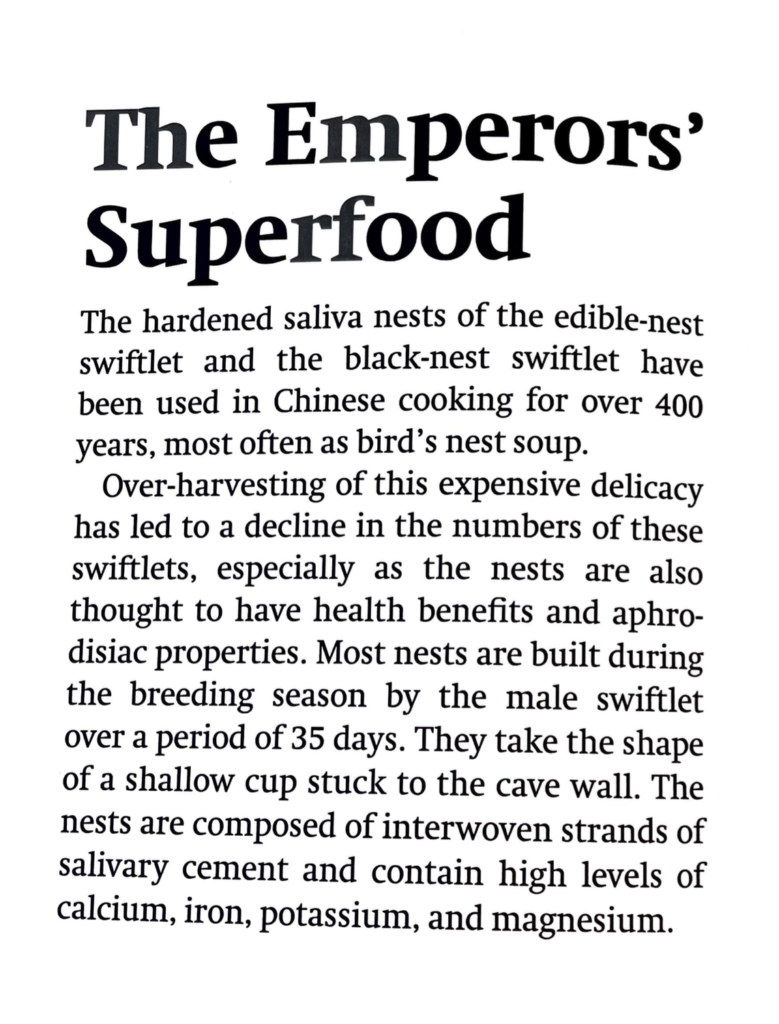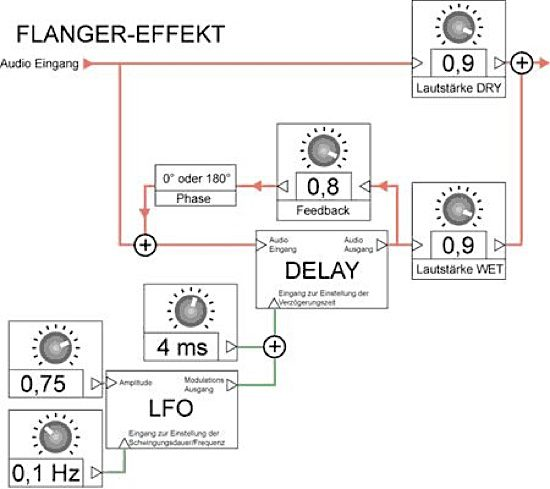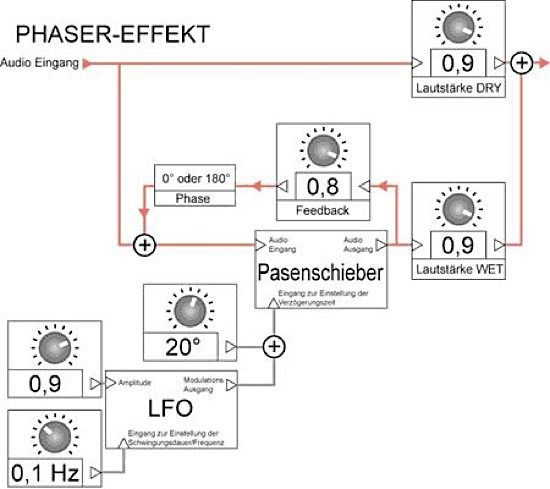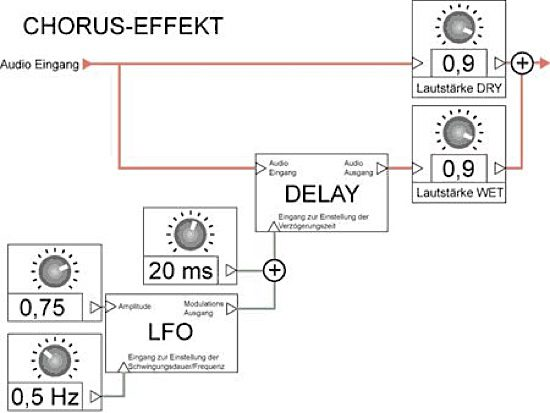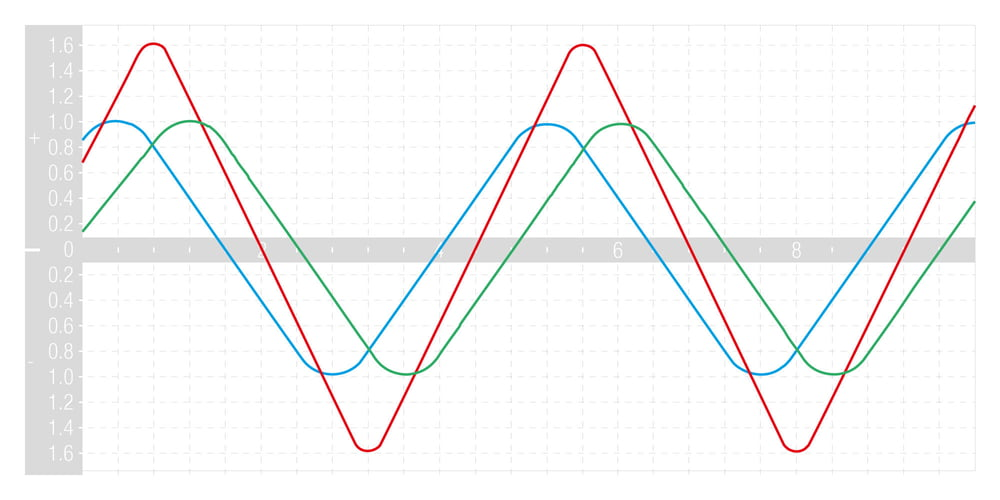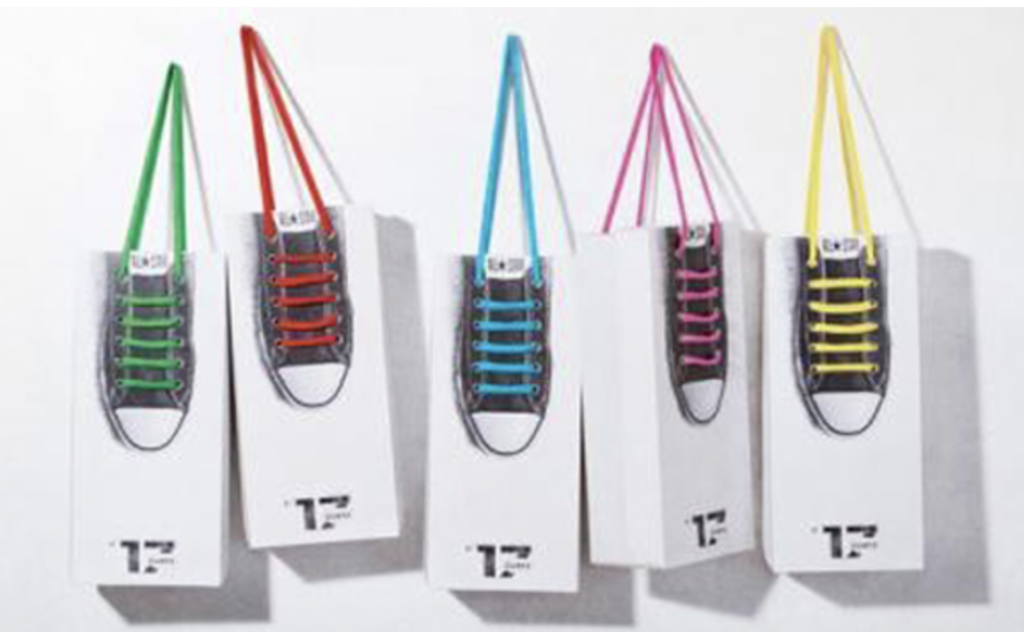Wenn man mit mehreren Sprachen arbeitet, wird man mit einige davon nicht vertraut sein. Eine sensible Herangehensweise ist von entscheidender Bedeutung, da ein unbeachteter Mangel an typografischem Fachwissen in einer Sprache zu allem Möglichen führen kann, von einem entmutigenden Leseerlebnis über Ablehnung und Frustration bis hin zu Rückschlägen oder der Blamage der Verleger vor den Lesern. Ähnlich wie schlecht übersetzte Texte können auch schlecht gesetzte Texte negative Assoziationen wecken und Verwirrung stiften.
Es besteht ein großer Unterschied zwischen der Aufnahme einiger Formen für erforderliche Zeichen und der guten Gestaltung dieser Formen – ganz zu schweigen davon, dass sie gut zusammen funktionieren. Wenn sie für ihre eigene Sprache entwerfen, können sich die Designer auf ihren Instinkt verlassen. Das ist keine Option, wenn sie mit anderen Sprachen arbeiten. Es geht beim Design darum, fundierte Entscheidungen zu treffen, was bedeutet, dass man sich mit den typografischen Anforderungen der verschiedenen Sprachen auseinandersetzen muss.
Die meisten modernen Schriftarten verwenden Beziér-Kurven zur Beschreibung der Konturen von Glyphen. Um geometrisch definierte, glatte Konturen auf modernen Bildschirmen und Druckern darstellen zu können, müssen die Konturen gerastert werden, d. h. in ihre visuelle Darstellung in Pixeln umgewandelt werden. Die Ergebnisse können je nach Computerplattform und Drucker sehr unterschiedlich ausfallen. Die für die Rasterung verwendete Technologie ist im Prinzip unabhängig von der Schrift, muss aber dennoch berücksichtigt werden.
Bei visuell dichten Schriften wie Devanagari, Chinesisch oder den japanischen Schriften lohnt es sich, auf die Qualität des gerasterten Bildes zu achten, um sicherzustellen, dass wichtige visuelle Merkmale auch bei niedriger Auflösung gut erhalten bleiben.
Je nach Rasterungstechnik und verwendeter Schriftart kann es einen deutlichen Unterschied im Gesamtgewicht ganzer Kategorien von Formen geben. Beispielsweise können Gewichtsunterschiede zwischen runden und geraden Strichen zu einem Problem werden, wenn man eine Schrift mit vielen geraden Strichen, wie z. B. Latein, einer Schrift mit mehr runden Strichen, wie z. B. Griechisch, gegenüberstellt. Letztere kann in kleineren Formaten deutlich dunkler erscheinen, obwohl sie in größeren Formaten ausgewogen aussieht. Sollen beide Schriften gleich gut zur Geltung kommen, muss möglicherweise ein visuell Ausgleich geschaffen werden, indem für eine der beiden Schriften eine hellere oder dunklere Schriftart verwendet wird.
Neben den Schriftarten ist ein weiterer wesentlicher Bestandteil der Schriftsatz. Dazu gehören in der Regel die Wahl der richtigen Schriftgröße und des richtigen Layouts sowie die richtige Ausrichtung und der richtige Abstand des Textes.
Auch hier bringt das Hinzufügen mehrerer Sprachen eine Reihe neuer Herausforderungen mit sich, da jede Sprache auf einer Seite sehr unterschiedlich aussehen kann. Koreanisch zum Beispiel kann sowohl horizontal als auch vertikal geschrieben werden (ebenso wie Japanisch und Chinesisch), und es gibt keine Groß- oder Kleinbuchstaben. Im Japanischen und Thailändischen gibt es keinen Abstand zwischen den Wörtern, während im Französischen ein Abstand vor einigen (aber nicht allen) Satzzeichen wie Doppelpunkten und Semikolons erforderlich ist. Auch der Zeilenumbruch ist nicht eindeutig: Im Polnischen können Wörter mit nur einem Buchstaben nicht am Ende einer Textzeile stehen.
Darüber hinaus kann sich der Text je nach Sprache ausdehnen oder zusammenziehen: Übersetzungen in romanische Sprachen sind in der Regel bis zu 30 % länger als der englische Ausgangstext, während Deutsch und Russisch bis zu 40 % länger werden können. Sprachen wie Chinesisch hingegen sind oft kürzer, da einzelne Zeichen komplexe Ausdrücke enthalten können – Chinesisch selbst kann bis zu 20 % weniger Platz auf der Seite einnehmen. Dies kann zu unerwünschten Leerräumen oder Überfüllungen führen und muss daher frühzeitig im Designprozess berücksichtigt werden.
Ein letzter wichtiger Aspekt, den es zu berücksichtigen gilt, ist die Schreibrichtung: Im Gegensatz zu den lateinischen Sprachen werden Sprachen wie Arabisch und Hebräisch von rechts nach links geschrieben, was den Schriftsatzprozess zusätzlich erschweren kann.
Quellen:
https://resources.unbabel.com/blog/multilingual-fonts-formatting-and-typesetting-different-strokes-for-different-languages
https://designregression.com/essay/elements-of-multi-script-typography-introduction
https://designregression.com/essay/elements-of-multi-script-typography-chapter-2
https://designregression.com/essay/elements-of-multi-script-typography-chapter-3
